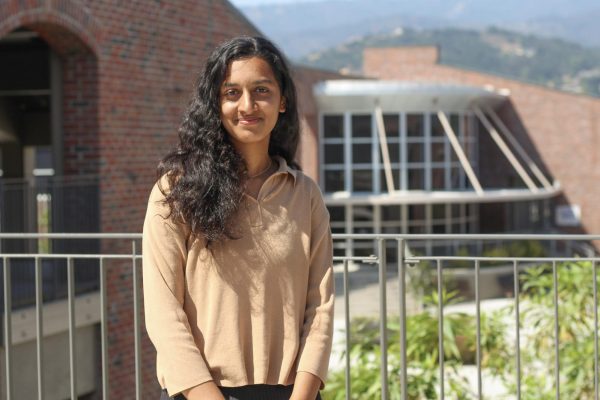
Living in Cupertino, an issue that students often have is what to do when spending time with their friends. Some common solutions are getting a small treat or going to a restaurant, but it tends to add up — after all, boba and food aren’t free.
However, since we live in an area with a higher socioeconomic status, it can be hard to learn skills such as budgeting and saving when our parents pay for these expenses, especially when their cards seem like an unlimited source of money. But with many students getting jobs that typically pay minimum wage, we get a taste of what it is like to earn our own money and have the freedom of spending our disposable income on whatever we want. However, as high schoolers, we spend most of our money on short-term needs, such as having fun with friends.
While we earn money through different methods and the varying levels of financial skills such as saving and budgeting, many of us are not thinking about our financial status far into the future. But as most of us head to college eventually, we become more aware of the state of our family’s finances, and their ability — or inability — to pay our college tuition in full. As Cupertino’s median household income in 2022 was $223,667, many of us do not qualify for a lot of financial aid due to our high socioeconomic statuses. At the same time, however, we cannot pay off all our tuition, and thus have to take out loans that can only be paid off over the course of many years. The financial stress can be a burden, and the only way to face it is through building sufficient skills to handle money.
Such knowledge is what we need to aim to achieve in high school itself, where we get a glimpse of the real world and the role money plays in it — we are able to understand money, but many of us do not have the hefty task of dealing with it firsthand. Students need to learn about financial literacy, specifically through a course at MVHS to set everyone up for the real world.
We learn about money in classes such as Economics, and while we learn important life lessons such as asking our boss for a raise if there’s inflation, we don’t dive into the nitty-gritty of managing personal finances, such as budgeting, saving and dealing with debt. And we have to learn these skills — when we get jobs in the future, we will need to learn to save up for things like a car or a house, all while paying off student debt.
The 2023 Personal Finance Index report, curated by the TIAA Institute and the Global Financial Literacy Excellence Center, conducted a 28-question survey about various aspects of money, such as spending, saving, investing and more. The 2023 Personal Finance Index report deemed U.S. adults “generally poor” when it comes to financial literacy.
But the report also states that financial literacy helps people make better decisions for their future, which was especially clear during the pandemic. Due to high inflation during the pandemic, 25% of U.S. adults who were polled stated that they started saving less for retirement while 12% stopped saving completely. On the other hand, those who were financially literate were much less likely to make such decisions.
Having a finance course at our school will teach us to plan financially in the long term, with skills such as how to avoid high-interest loans, building savings accounts and even 401(k)s, which are retirement accounts employers offer. Incorporating a financial literacy unit into a core class will undoubtedly prove to be useful for students in the future, and incentivize students to take the course to fulfill their a-g requirements for college.
We are all bound to face some sort of financial stress in the future, and in those moments, the only thing that we will be able to fall back on is what we know — our financial education. And that education needs to start now.









